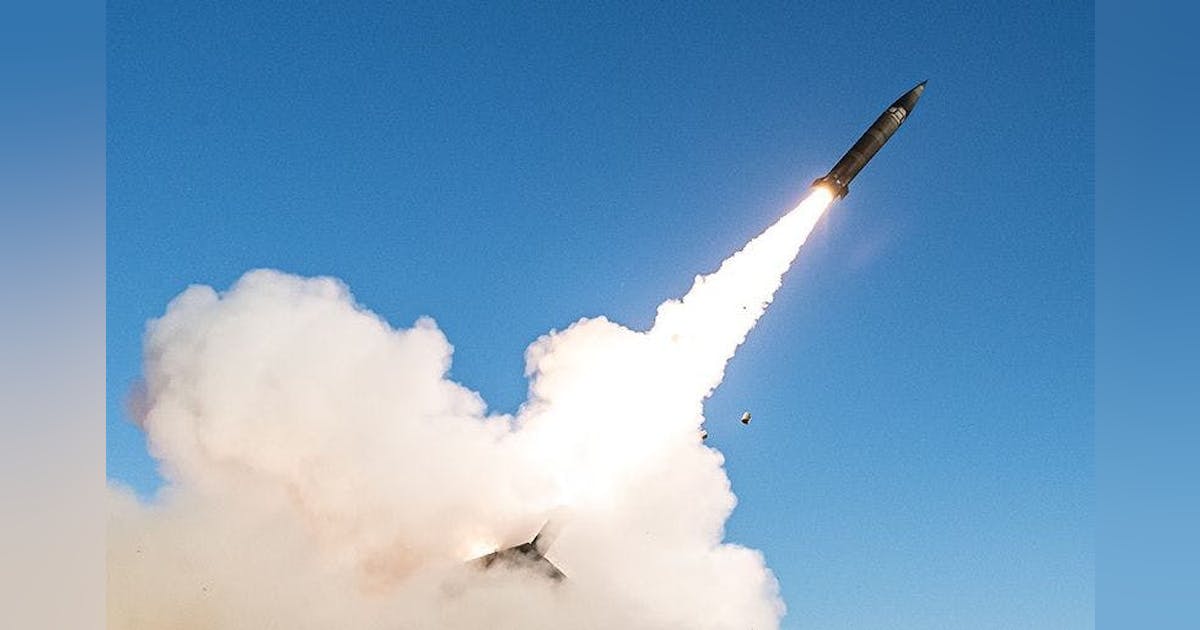Lockheed Martin’s Advanced Rocket Artillery: Technological Marvels in Modern Warfare
Lockheed Martin is redefining the capabilities of rocket artillery by infusing satellite and inertial guidance systems with cutting-edge fire-control technology. This marks a significant leap forward in precision, reliability, and operational flexibility on today’s battlefields.
The Technology Behind the Innovation
Lockheed Martin’s Guided Multiple Launch Rocket System (GMLRS) stands unparalleled due to its superior guidance and control mechanisms. Let’s delve into the key systems that make it exceptional:
Guidance Systems
- Satellite (GPS) Guidance: GPS ensures pinpoint accuracy even across vast distances, crucial for high-tech military engagements.
- Inertial Navigation Systems (INS): In situations where GPS may be compromised, the system relies on internal sensors for accuracy, using onboard calculations to maintain the missile’s trajectory.
- Combined Approach: Merging GPS with INS allows the system to maintain accuracy even in environments where GPS signals are contested.
Impact on Real-World Operations
GMLRS rockets are capable of reaching targets up to 50 miles away, with extended-range variants achieving up to 95 miles. The versatile payload options, including submunition, high-explosive areas effects, and unitary HE, enable precision strikes tailored to mission needs.
Advanced Fire-Control Electronics
Central to these rocket systems are sophisticated fire-control units that perform:
- Rapid Targeting: Utilizing embedded computing power for quick, real-time calculations.
- Data Integration: Combining inputs from GPS, inertial measures, and networked battlefield information to execute responsive launches.
- Interoperability: Designed to work seamlessly with allied systems, such as the M270 MLRS and M142 HIMARS.
Innovation in Lockheed Martin’s Armory
Lockheed Martin’s portfolio includes precision instruments such as the GMLRS and new systems like the Global Mobile Artillery Rocket System (GMARS), which has demonstrated the ability to double typical munitions capacities. GMARS exemplifies the shift towards systems with modular capabilities, greater range, and interoperability.
Benefts of GPS and Inertial Guidance Fusion
The combination of GPS and inertial guidance brings redundancy and resilience. If GPS is jammed, inertial systems take over, ensuring accuracy. This setup also offers reliability under any weather condition, providing reduced collateral damage through precise targeting.
Case Studies and Applications
Usage in Conflicts
In the Ukrainian conflict, systems like GMLRS played pivotal roles, enabling long-range precision strikes that shifted dynamics favorably. Widely adopted by over 16 countries, these systems enhance interoperability and collective firepower.
Modern War Tactics
Strategies now prioritize precision over sheer volume, optimizing munitions logistics. Mobile strike capabilities allow rapid deployment and repositioning, minimizing risk from counter-fire efforts.
Guidance Mechanics Overview
The guidance involves a pre-programmed launch path with real-time trajectory corrections, ensuring optimal end-stage precision through continuous data fusion from onboard sensors and satellite feeds.
Future Developments
Continuous upgrades focus on sustaining technological edges, incorporating AI for enhanced targeting, and expanding strategic reach with missiles like the Precision Strike Missile (PrSM).
Summary of Key Features
| System | Guidance | Max Range | Payloads | Key Strengths |
|---|---|---|---|---|
| GMLRS | GPS/INS | 50-95 miles | AW, Unitary, ER | Precision, reliability, flexibility |
| GMARS | GPS/INS | up to 400 km | GMLRS, ER-GMLRS, ATACMS, PrSM | High payload, mobility, interoperability |
| HIMARS | GPS/INS | up to ~190 miles (ATACMS) | GMLRS, ATACMS | Mobility, rapid deployment, automation |
A New Era in Rocket Artillery
Lockheed Martin’s advancements in rocket artillery reflect a transition from traditional area bombardment to precision warfare, offering strategic and tactical dominance through innovative guidance systems, advanced electronics, and versatile platforms. This evolution defines the modern battlefield, emphasizing precision and adaptability.













